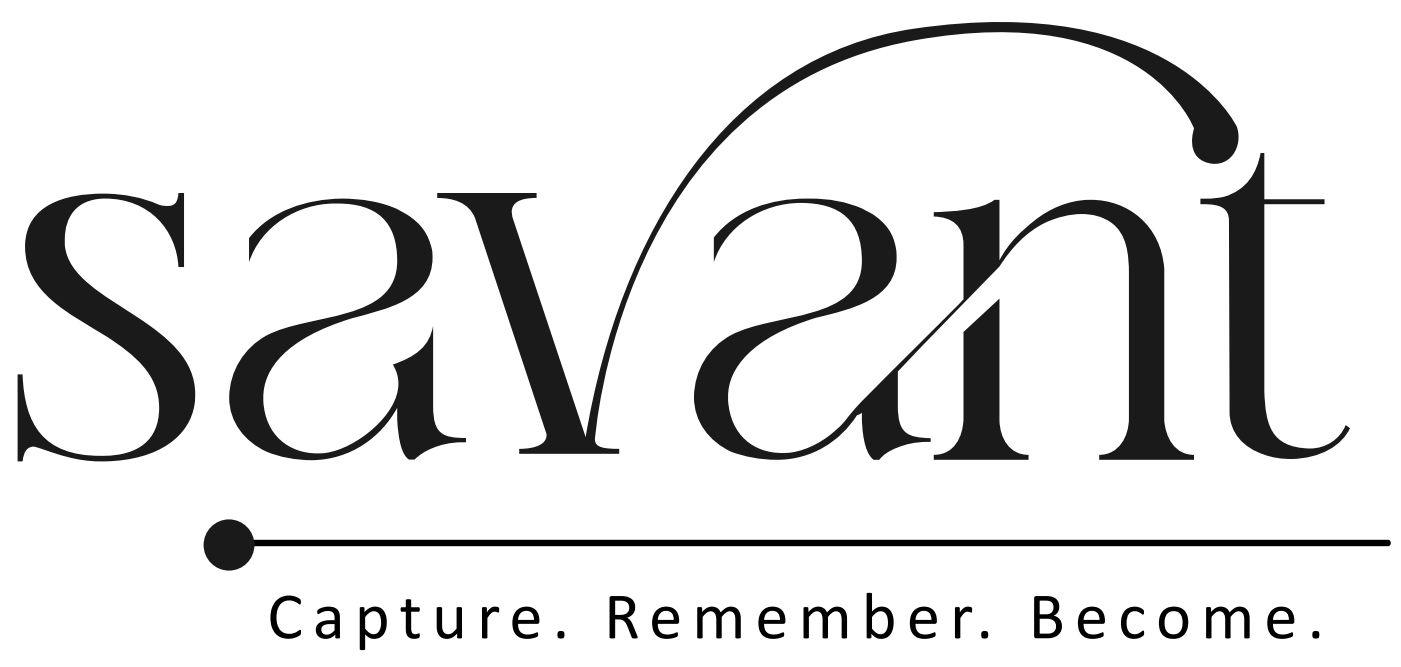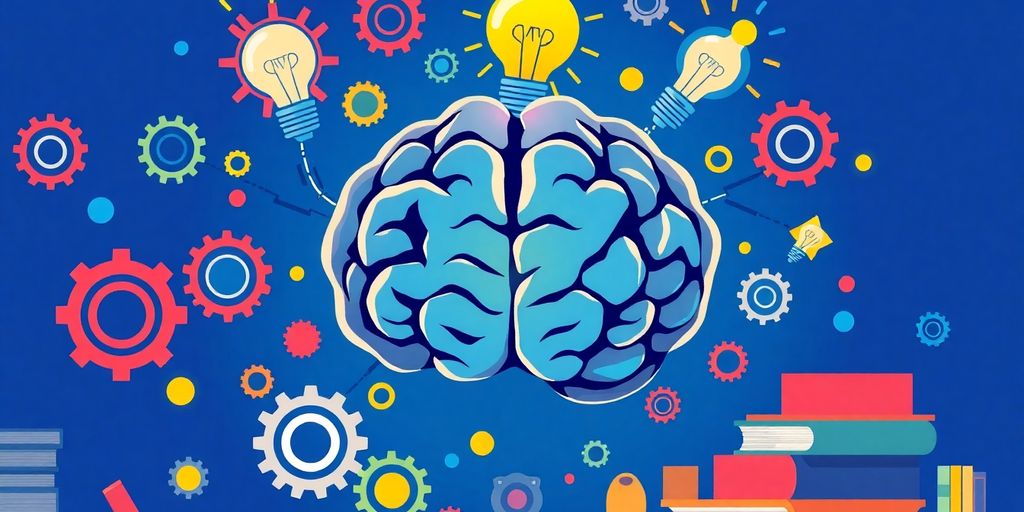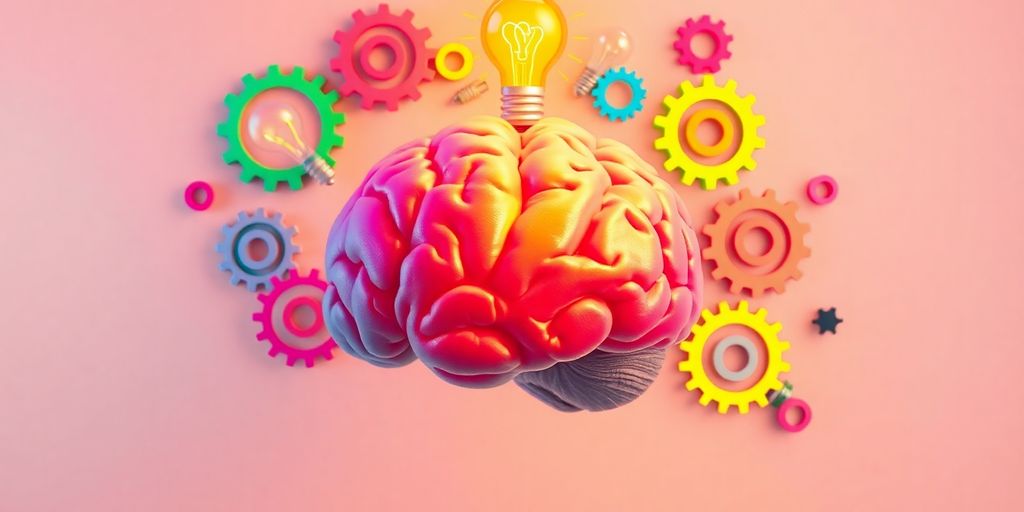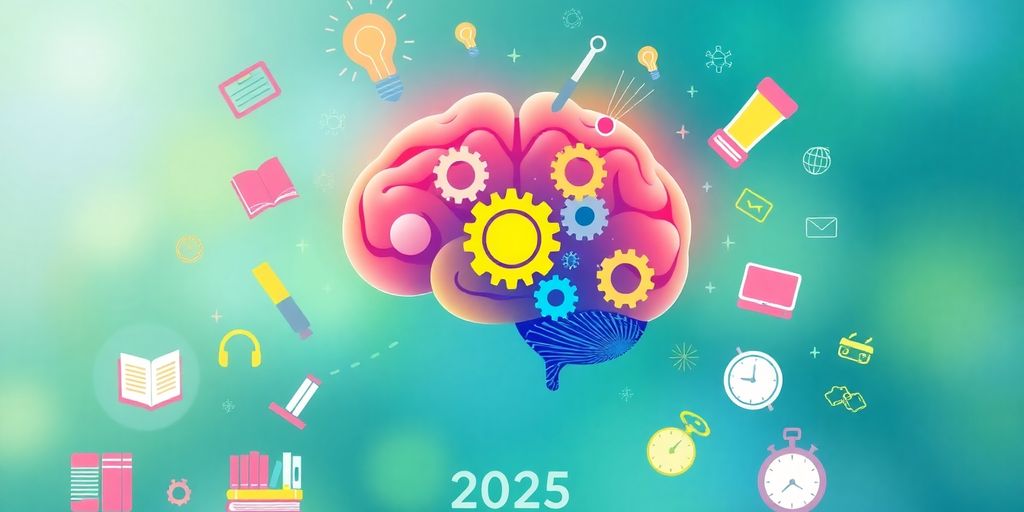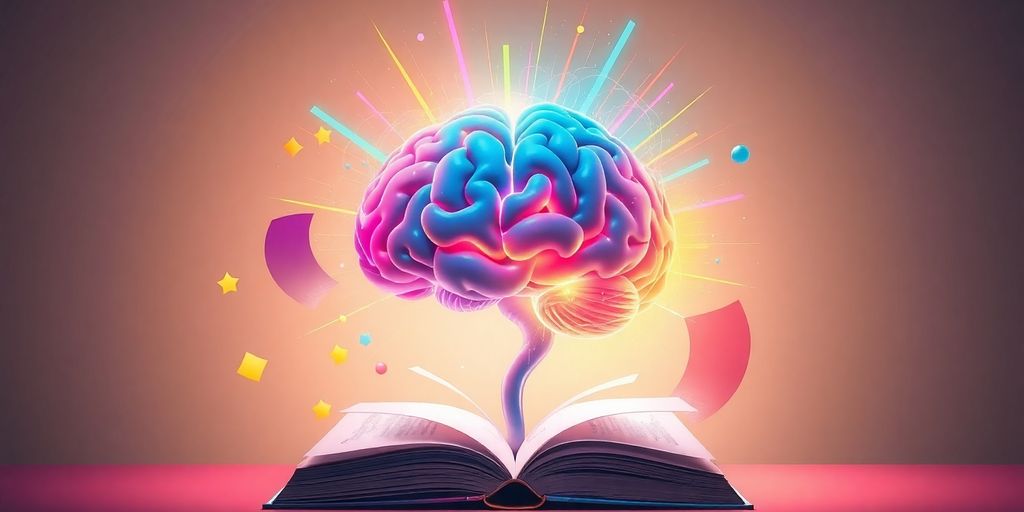Have you ever wondered how some people seem to soak up information effortlessly while others struggle? The truth is, everyone has the potential to learn more effectively. By understanding how our brains work and adopting some practical strategies, you can boost your learning capacity significantly. This article will explore various techniques and tips that can help you enhance your memory, focus, and overall cognitive abilities. Let’s dive in and discover how to increase learning capacity!
Key Takeaways
- Understanding neuroplasticity can help you realize your brain’s ability to adapt and grow.
- Using spaced repetition and active recall can significantly improve memory retention.
- A growth mindset encourages you to view challenges as opportunities for learning.
- Mindfulness practices, like meditation, can enhance focus and reduce stress.
- Engaging with others in learning communities can deepen your understanding and make learning more enjoyable.
Understanding Your Brain’s Potential
It’s easy to think of your brain as just… there. But it’s so much more than that! It’s this amazing, adaptable thing that’s constantly changing and growing. Let’s explore what makes your brain so powerful and how you can tap into that potential.
The Role of Neuroplasticity in Learning
Okay, neuroplasticity sounds super science-y, but it’s actually a pretty simple idea. It’s basically your brain’s ability to rewire itself. Think of it like this: your brain is a forest, and every time you learn something new, you’re creating a new path through the trees. The more you use that path, the wider and easier to travel it becomes. That’s neuroplasticity in action! So, learning isn’t just about filling your head with facts; it’s about actively reshaping your brain.
How Memory Works: Short-term vs Long-term
Ever wonder why you can remember what you ate for dinner last night but can’t recall what you studied last week? That’s because your brain has different types of memory. Short-term memory is like a temporary sticky note – it holds information for a little while, but it’s easily forgotten. Long-term memory, on the other hand, is like a filing cabinet where you store important stuff for the long haul. The trick is getting information from that sticky note into the filing cabinet!
Creating Effective Learning Environments
Your surroundings can have a HUGE impact on how well you learn. Think about it: are you more likely to focus in a quiet, organized space or a noisy, cluttered one? Probably the former! Creating an effective learning environment is all about minimizing distractions and maximizing comfort.
Find a place where you can focus, whether it’s a library, a coffee shop, or a cozy corner in your home. Make sure you have everything you need within reach, like books, notes, and a good cup of coffee. And don’t forget to personalize your space to make it feel inviting and inspiring!
Techniques to Boost Learning Speed
Mastering Spaced Repetition
Spaced repetition is a total game-changer if you want to hold onto information for the long haul. Instead of trying to cram everything in at once, you review the material at gradually increasing intervals. This gives your brain the time it needs to process and store the information more effectively. Think about learning a new language: you might review vocabulary today, then again in a few days, and then maybe a week later. This method really helps solidify the knowledge. There are even apps and software out there that can help you automate this process, making it easier to stick to your learning curve.
Harnessing the Power of Active Recall
Active recall is all about getting involved with the material. Instead of just passively reading or listening, you challenge yourself to remember and explain what you’ve learned. It’s like giving yourself a pop quiz. You read something, close the book, and then try to explain it to yourself or someone else. Flashcards and practice tests are awesome tools for this. The more you test yourself, the stronger those brain connections become. It’s a great way to improve your strategies for learning.
The Feynman Technique Explained
Named after the famous physicist Richard Feynman, this technique is all about simplifying complex ideas. You start by picking a topic and then try to explain it in simple terms, like you’re teaching it to a kid. If you struggle, that’s a sign that there are gaps in your understanding. Then, you go back, review the material, and refine your explanation. This method not only deepens your understanding but also makes the knowledge easier to remember later. It’s a really effective way to learn anything, from physics to history.
Using these techniques can make learning not just faster, but also way more enjoyable. As you see yourself making progress, your confidence grows, and learning becomes a fun journey instead of a chore. Remember, it’s not just about working harder, but smarter. And don’t forget to get enough rest between study sessions to help with memory retention.
Developing a Growth Mindset
Okay, so you’ve probably heard about the growth mindset, right? It’s not just some buzzword floating around. It’s a real thing, and it can seriously change how you approach learning and life in general. Basically, it’s all about believing that your abilities aren’t set in stone. You can actually get smarter and better at stuff through effort and practice. Cool, huh?
Embracing Challenges as Opportunities
Ever feel like you’re staring down a mountain of a problem? Instead of getting all stressed, try to see it as a chance to level up. Challenges are basically brain workouts. They push you to think differently and come up with new solutions. It’s like your brain doing push-ups. The more you challenge it, the stronger it gets. Think of it this way: every tough problem you solve is a victory dance for your neurons.
The Importance of Feedback
Feedback isn’t always fun to hear, especially if it’s not all sunshine and rainbows. But honestly, it’s like having a personal coach for your brain. Constructive criticism helps you spot your blind spots and figure out where you can improve. Don’t take it personally; see it as information. Use it to tweak your approach and get even better.
Setting Achievable Learning Goals
Trying to learn everything all at once is a recipe for burnout. Instead, break things down into smaller, manageable chunks. Set goals that are challenging but still within reach. It’s like climbing a ladder – you take it one step at a time. And when you hit those mini-milestones? Celebrate! It’ll keep you motivated and show you that you’re actually making progress. Plus, ticking off those goals feels awesome. Here’s a simple way to think about it:
- Start small: Don’t try to conquer the world in a day.
- Be specific: "Learn some Spanish" is vague. "Learn 10 new Spanish phrases this week" is better.
- Track your progress: Seeing how far you’ve come is super motivating.
Remember, developing a growth mindset is a journey, not a destination. It takes time and practice to shift your thinking, but it’s totally worth it. Embrace the challenges, learn from your mistakes, and celebrate your successes. You’ve got this! And if you need a little extra help, check out some memory exercises to keep your brain sharp.
Mindfulness and Focus

Okay, so you wanna be a super-learner, right? Well, guess what? It’s not just about cramming info into your brain. You gotta chill out and focus too! Think of it like this: you can’t pour water into a cup that’s already overflowing. Mindfulness and focus are like emptying that cup, so you’ve got space for all the awesome new stuff you’re about to learn.
Incorporating Mindfulness Practices
Mindfulness isn’t some weird, mystical thing. It’s just about paying attention to what’s happening right now, without judging it. Seriously, that’s it! You can do it anywhere, anytime. Waiting in line at the grocery store? Mindful. Brushing your teeth? Mindful. Even doing the dishes can be mindful if you really focus on the sensation of the water and the soap.
Here are some easy ways to sneak mindfulness into your day:
- Body Scan Meditation: Lie down and slowly bring your attention to different parts of your body, noticing any sensations without judgment.
- Mindful Breathing: Just focus on your breath. In and out. When your mind wanders (and it will!), gently bring it back to your breath.
- Walking Meditation: Pay attention to the feeling of your feet on the ground as you walk. Notice the sights, sounds, and smells around you.
Creating a Distraction-Free Zone
This one’s a biggie. How can you expect to learn anything if you’re constantly getting interrupted by notifications, emails, or that squirrel outside your window? You can’t! So, create a space that’s just for learning. It doesn’t have to be fancy, but it should be free from distractions.
Here’s how to make your own distraction-free zone:
- Turn off notifications: Seriously, all of them. Your phone can wait.
- Find a quiet space: A library, a spare room, even a corner of your bedroom can work.
- Tell people you’re not to be disturbed: Let your family or roommates know that you need some uninterrupted time to focus.
- Use noise-canceling headphones: If you can’t find a quiet space, these can be a lifesaver.
It’s not about eliminating distractions completely (that’s impossible!). It’s about minimizing them so you can focus on what’s important.
The Benefits of Meditation for Learning
Okay, so meditation might sound a little intimidating, but trust me, it’s worth it. Regular meditation can actually change your brain, making it easier to focus, learn, and remember things. Plus, it’s a great way to reduce stress and anxiety, which can really mess with your ability to learn.
Here’s a quick rundown of the benefits:
- Improved Focus: Meditation trains your brain to pay attention, making it easier to concentrate on your studies.
- Reduced Stress: Meditation can lower your levels of cortisol, the stress hormone, which can improve your mood and cognitive function.
- Enhanced Memory: Some studies have shown that meditation can actually increase the size of your hippocampus, the part of your brain that’s responsible for memory.
So, give it a try! Even just a few minutes of meditation each day can make a big difference.
Nutrition and Lifestyle for Brain Health
Okay, so you’re putting in the mental work, but what about the physical stuff? Turns out, what you eat and how you live seriously impacts your brain’s ability to learn and remember. It’s like trying to run a car on bad fuel – it might work for a bit, but it’s not gonna be pretty. Let’s get into how to treat your brain like the VIP it is.
Foods That Fuel Your Brain
Think of your brain as a high-performance engine. It needs the right fuel to run smoothly. And no, I’m not talking about energy drinks! We’re talking real, whole foods. A balanced diet is key.
Here’s a quick rundown of some brain-boosting foods:
- Fatty Fish: Salmon, tuna, mackerel – these are packed with omega-3 fatty acids, which are super important for brain health. If you’re not a fish person, consider a supplement or look for plant-based sources like flaxseeds.
- Berries: Blueberries, strawberries, raspberries… basically, anything that stains your fingers is good for your brain! They’re full of antioxidants that protect your brain cells.
- Nuts and Seeds: Walnuts, almonds, pumpkin seeds – these are great sources of healthy fats and vitamin E. A handful makes a perfect snack.
- Dark Chocolate: Yes, you read that right! Dark chocolate (in moderation, of course) contains flavonoids that can improve cognitive function. Just make sure it’s at least 70% cacao.
It’s not just about adding these foods, but also about reducing the junk. Processed foods, sugary drinks, and excessive unhealthy fats can actually harm your brain. So, make smart choices!
The Importance of Hydration
Dehydration is a sneaky brain killer. Even mild dehydration can impair cognitive function, making it harder to focus and remember things. Aim to drink plenty of water throughout the day.
Here are some tips to stay hydrated:
- Carry a water bottle with you and refill it regularly.
- Set reminders on your phone to drink water.
- Eat water-rich foods like fruits and vegetables.
- Limit sugary drinks, which can actually dehydrate you.
Regular Exercise and Cognitive Function
Okay, I know, exercise. But hear me out! It’s not just about your body; it’s about your brain too. Regular exercise increases blood flow to the brain, which can improve cognitive function and protect against cognitive decline. Plus, it helps reduce stress and improve mood, which are both good for learning. Recent studies highlight the positive impact of lifestyle changes on cognitive decline.
Here are some ways to incorporate exercise into your routine:
- Aim for at least 30 minutes of moderate-intensity exercise most days of the week.
- Find an activity you enjoy, whether it’s running, swimming, dancing, or hiking.
- Take the stairs instead of the elevator.
- Walk or bike to work or school.
It doesn’t have to be a grueling workout. Even a brisk walk can make a difference. So, get moving and give your brain a boost!
Engaging with Learning Communities
Learning doesn’t have to be a solo mission! Seriously, connecting with others can make a huge difference. Think about it: different perspectives, shared resources, and a support system to keep you motivated. It’s like leveling up your learning game with a team of awesome players. Let’s explore how engaging with learning communities can seriously boost your brainpower.
Building a Supportive Network
Having people around you who are also on a learning journey is super helpful. It’s like having cheerleaders who actually understand what you’re going through. You can bounce ideas off each other, ask for help when you’re stuck, and celebrate each other’s wins. Think about joining study groups, online forums, or even just connecting with classmates. It’s all about creating a tribe that supports your growth.
Participating in Group Learning
Group learning can be way more effective than studying alone. When you’re working with others, you get exposed to different ways of thinking and problem-solving. Plus, explaining concepts to someone else is a great way to solidify your own understanding. Try organizing study sessions where you quiz each other, discuss challenging topics, or work on projects together. It’s a win-win!
Sharing Knowledge and Teaching Others
Okay, this might sound intimidating, but trust me: teaching someone else is one of the best ways to learn something yourself. When you have to explain a concept in a clear and concise way, you really have to understand it inside and out. Plus, you’re helping someone else out, which is always a good feeling. Consider tutoring, leading a workshop, or even just explaining a concept to a friend. You’ll be surprised at how much you learn in the process.
Learning with others isn’t just about getting help; it’s about creating a shared experience that enriches everyone involved. It’s about building connections, expanding your horizons, and making the learning journey more fun and rewarding.
Fun and Interactive Learning Methods
Learning doesn’t have to be a drag! Seriously, who says you can’t have a blast while expanding your mind? Let’s ditch the boring textbooks sometimes and explore some seriously fun and engaging ways to soak up knowledge. Think games, tech, and getting super creative. It’s all about making learning an adventure, not a chore.
Using Games and Puzzles
Okay, who doesn’t love a good game? Games and puzzles aren’t just for killing time; they’re sneaky-good learning tools. Think about it: Sudoku sharpens your logic, Scrabble boosts your vocabulary, and strategy games like chess enhance your critical thinking. Plus, there are tons of educational video games out there that make learning subjects like history or science super engaging. It’s like tricking your brain into learning without even realizing it! You can even find mind memory exercises online that feel more like fun than work.
Incorporating Technology in Learning
Hello, 21st century! Technology is everywhere, so why not use it to your advantage when learning? There are amazing apps for pretty much everything, from language learning to coding. Online courses offer flexibility and access to experts from around the world. And don’t forget about YouTube – it’s a treasure trove of educational content. Just be sure to avoid falling down the rabbit hole of cat videos when you’re supposed to be studying!
Technology can be a game-changer, but it’s important to use it wisely. Set boundaries, avoid distractions, and focus on tools that genuinely enhance your learning experience.
Creative Approaches to Study
Time to unleash your inner artist! Ditch the boring notes and try something different. How about drawing mind maps to connect ideas visually? Or writing songs or poems to memorize facts? You could even try acting out historical events with friends. The more creative you get, the more memorable the learning experience will be. Think outside the box, and don’t be afraid to get a little silly. After all, experiential learning techniques are all about doing!
Wrapping It Up
So there you have it! Boosting your learning capacity isn’t some secret formula; it’s all about trying out different strategies and finding what works for you. Whether it’s mixing up your study environment, using fun memory games, or just making sure you get enough sleep, every little bit helps. Remember, it’s a journey, and it’s okay to take your time. Keep experimenting, stay curious, and don’t be afraid to ask for help along the way. You’ve got this!
Frequently Asked Questions
What is neuroplasticity and how does it help with learning?
Neuroplasticity is the brain’s ability to change and adapt. It helps us learn new things by forming new connections in our brain when we practice or study.
What is the difference between short-term and long-term memory?
Short-term memory holds information for a brief time, like a sticky note. Long-term memory stores information for a longer period, like a filing cabinet.
How can I create a better learning environment?
To create a good learning environment, find a quiet place, keep it organized, and make sure you have all the materials you need.
What is spaced repetition and why is it important?
Spaced repetition is a study technique where you review information at increasing intervals. This helps your brain remember things better over time.
How can I develop a growth mindset?
To develop a growth mindset, see challenges as chances to learn, ask for feedback, and set realistic goals for yourself.
What are some fun ways to learn new things?
You can learn through games, puzzles, or using technology like apps. Creative activities like drawing or storytelling can also make learning enjoyable.
